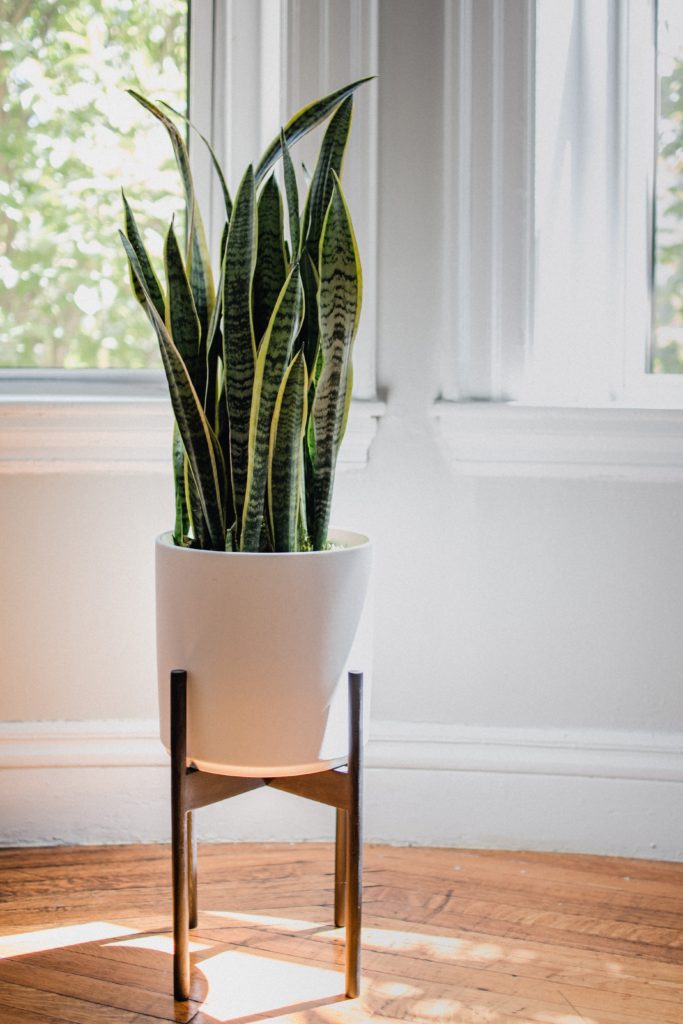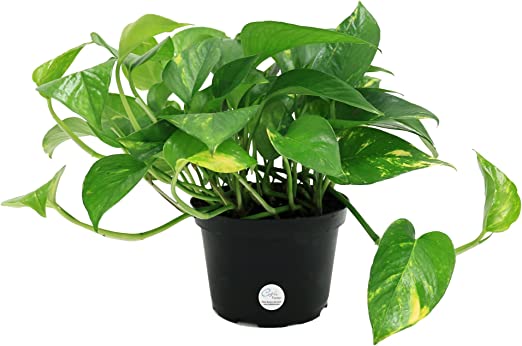If you’re looking for a way to spruce up your kitchen, adding some houseplants is a great option. Not only do they look nice, but they can also help purify the air and provide other benefits. But with so many different types of plants out there, how do you choose the best ones for your kitchen?
In this blog post, we’ll give you some tips on how to select the best houseplants for your kitchen, as well as provide a list of our top 10 favorites. We’ll also share some helpful tips on caring for your new plants so that they thrive in their new home.

The Best Houseplants for Your Kitchen.
Houseplants can do more than just look pretty—they can actually improve the air quality in your home. According to a study by NASA, certain houseplants can remove up to 87% of VOCs (volatile organic compounds) from the air in just 24 hours. VOCs are common chemicals found in everyday household items like cleaning products, paint, and even some building materials. They can cause a variety of health problems like headaches, dizziness, and fatigue.
So if you’re looking to improve the air quality in your home, adding some houseplants is a great place to start. But with so many different types of houseplants out there, it can be tricky to know which ones are best for purifying the air. Here are five of the best air-purifying plants for your kitchen:
Aloe Vera
– This succulent is not only easy to care for but it’s also great at removing formaldehyde from the air. Formaldehyde is commonly found in cleaning products and pesticides.

Click here to read the full post about alovera
Snake Plant
– Snake plants are one of the most efficient at filtering out harmful toxins like nitrogen oxides and carbon monoxide from the air. They’re also very low maintenance and can tolerate both low and bright light conditions.

Click here to read the full post about snake plant
Spider Plant
– Spider plants are known for their ability to produce large amounts of oxygen, making them ideal for bedrooms or other small spaces where people spend a lot of time indoors. These hardy plants can also help remove harmful chemicals like xylene and benzene from the air.

Philodendron
– Philodendrons are fast-growing vines that are excellent at filtering out formaldehyde from the air. They’re easy to care for and thrive in bright, indirect light.
Pothos
– Pothos are another type of fast-growing vine that does well in a variety of lighting conditions, making them perfect for kitchens that don’t get a lot of natural light. These tough plants can tolerate low humidity and occasional neglect, making them ideal for busy households.

Click here to read the full post about pothos
Tips for Caring for Your Houseplants.
Water is essential for the survival of all plants, but each plant has different watering needs. Overwatering is one of the most common problems people have with houseplants, so it is important to know how often to water your plants and how much water they need. The best way to determine how often to water your plants is to check the soil before watering. If the top inch of soil is dry, it is time to water. When watering, be sure to use room-temperature water and apply enough so that water runs out of the drainage holes in the bottom of the pot. After watering, allow the plant to drain for a few minutes before discarding any excess water from the saucer underneath the pot.
Fertilizing.
Fertilizer provides plants with nutrients that they need to grow and thrive. Most houseplants do not need fertilizer every month, but they will benefit from a monthly feeding during their active growing season (usually spring and summer). Be sure to use a fertilizer that is specifically formulated for houseplants and follow the directions on the package for best results.
Pruning.
Pruning helps keep your houseplants healthy and looking their best by removing dead or dying leaves and stems. It also encourages new growth and can help control the size and shape of your plant. To prune your plant, simply cut off any dead or damaged leaves or stems with a sharp knife or pruning shears. Be sure to sterilize your tools before using them on your plants to prevent the spread of disease.
Potting and Repotting.
As your plants grow, they will eventually need to be repotted into a larger pot. The best time to repot most houseplants is in springtime before they begin their active growth period. When repotting, be sure to use a pot that is only slightly larger than the current pot (1-2 inches in diameter), as too large of a pot can lead to problems with overwatering (see Subsection 3:1). Be sure to use fresh potting mix when repotting as well; this will provide your plant with nutrients it needs to continue growing strong roots.
Pests and Diseases.
Pests and diseases are a common problem with houseplants, but there are steps you can take to prevent them from becoming a problem in the first place. The best way to prevent pests and diseases is to keep your plants healthy by following the tips in this section. In addition, be sure to inspect your plants regularly for signs of pests or disease and isolate any affected plants immediately. If you do find pests or disease on your plants, there are many products available that will help control them.
Conclusion
If you’re looking to add a bit of life to your kitchen, houseplants are a great way to do it. Not only do they look good, but they can also help purify the air and boost your mood.
When choosing a houseplant for your kitchen, there are a few things to keep in mind. Firstly, think about what kind of light your kitchen gets – if it’s mostly dark, you’ll need to choose a plant that doesn’t require much sunlight. Secondly, consider how much time you’re willing to spend caring for your plant; some plants require more attention than others.
To help you out, we’ve compiled a list of the top 10 houseplants for kitchens:
1. Aloe Vera – perfect for dark kitchens as it doesn’t need much sunlight; easy to care for as it doesn’t need much watering.
2. Snake Plant – another good option for dark kitchens; very low-maintenance as it’s drought-tolerant.
3. Spider Plant – does well in bright or indirect light; easy to care for and often grown as an indoor hanging plant.
4. Philodendron – comes in many different varieties that can suit any light conditions; relatively low-maintenance.
5. Pothos – one of the easiest plants to care for; does well in both low and bright light but can tolerate some shade too.
6. Peace Lily – does best in shady

